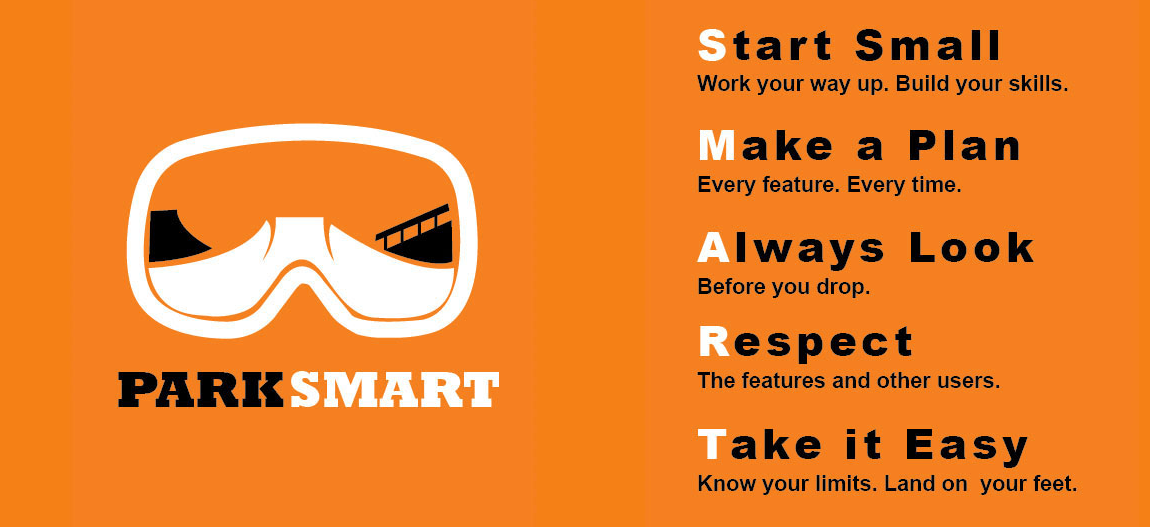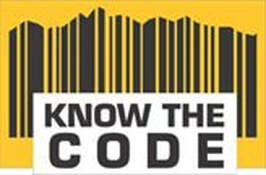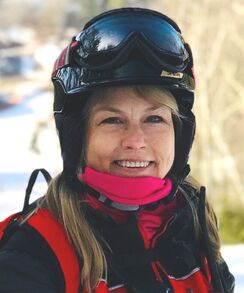Safety on the SlopesThe old saying “Safety First” is especially important when it comes to snowsports. The National Ski Patrol, in keeping with its federal charter, advocates safe practices on the slopes and recommends wearing a helmet while skiing and snowboarding. At the same time, we all must realize that helmets have their limitations and are not the end all for safety. In addition to the proper use of helmets, the National Ski Areas Association (NSAA) has developed Your Responsibility Code to help snowsports enthusiasts avoid injury and make their experience as safe and enjoyable as possible. NSAA has also prepared a helmet safety fact sheet for your convenience, and compiled additional ski and snowboard safety statistics available in the pressroom at NSAA.
For any other questions as to what the Safety Team is or what it is that we do please see the attached link to the National Ski Patrol Safety Team website: click here for more information Stress Injury Risk for PatrollersHelping to keep people safe in the outdoors is what we do. Helping to keep ourselves safe - physically, mentally and emotionally - is what we must do.
For more information regarding Stress Injury Risk for Patrollers - click here For a list of local resources for Critical Incident Stress Management in the Eastern Division - click here Terrain Park SafetyKnow The Code 2022A Young Skier Saved by STOP THE BLEED Training
|
Vertical Divider
|

|
|


